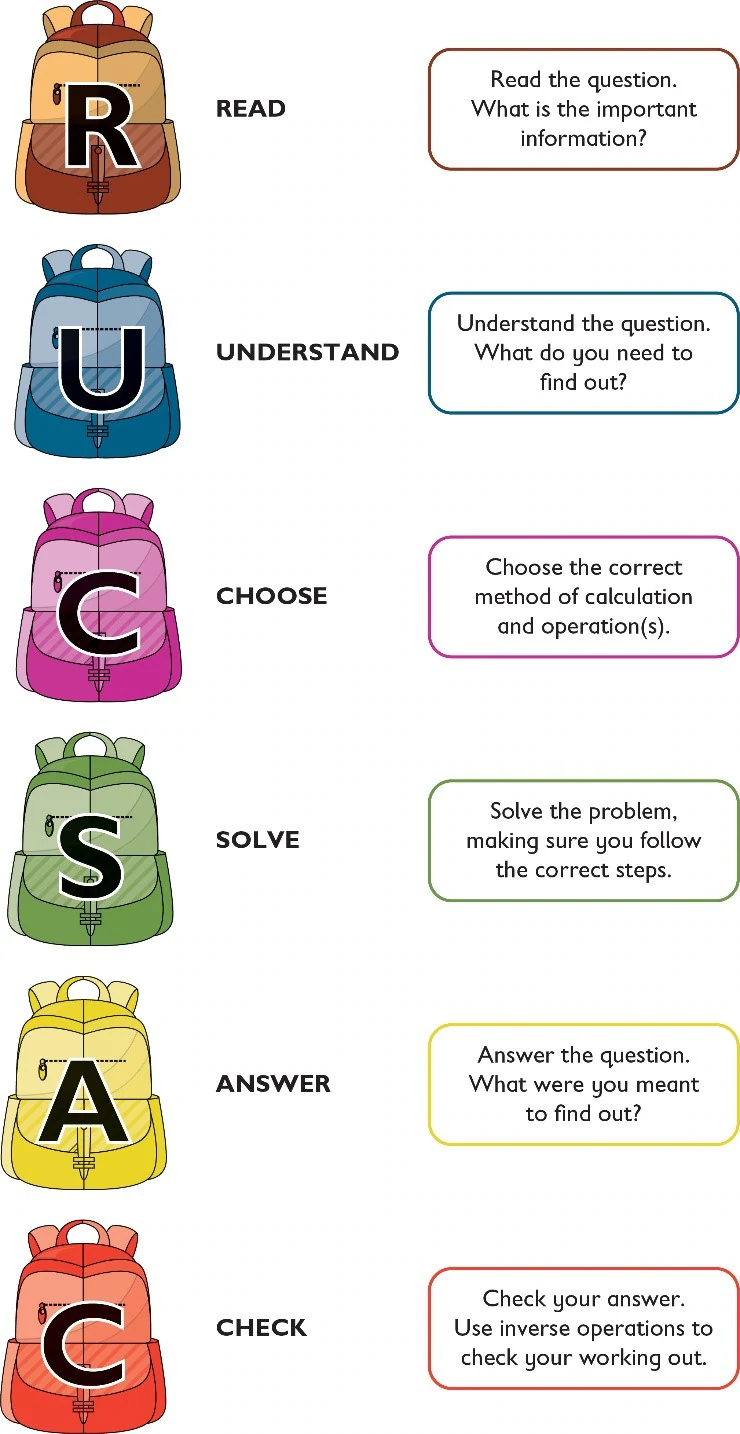Mathematics tests are used in most 11+ selection examinations. Your child will complete maths assessments at school to determine whether they have achieved the required standard of mathematical skills, reasoning and problem-solving. However, the maths topics in 11+ tests are often slightly more advanced than those on the national curriculum within your child’s class.
This blog will explore how to support children with answering mathematical word problems and provide strategies that can help develop their numeracy reasoning skills. Firstly, it is important to recognise that students need a strong foundation in mathematics before they can be expected to tackle complex or multi-step word problems. This secure base involves having a solid grasp of the four operations. For example, if a child is presented with a ratio word problem but finds division or multiplication calculations difficult, they might struggle to solve the problem. Therefore, giving children the opportunity to learn their times tables, addition and subtraction facts and division sums allows them to make better connections between the numbers and the words wrapped around these figures.
Word problems are important because they test the student’s ability to understand when to apply what they have learned in maths to real life situations. There are several approaches that can be taken to answering word problems. One common acronym used in schools is RUCSAC. It stands for:
READ
UNDERSTAND
CHOOSE
SOLVE
ANSWER
CHECK

This strategy helps students understand what the word problem is asking them to do, choosing the right operations to help them solve the equation and then double checking their work. The one aspect which is missing in this mnemonic is estimation. This is useful so the children can estimate what they believe the answer should be. If the answer is not close to the estimation this could inform the children to reread the problem, double check the calculation or consider the operations used.
A word problem takes tough mathematical operations like long division or percentages and applies them to real-life situations. These might include the following areas:
- School scenarios (solving the mean number of students in each class)
- Shopping (adding up items of clothing)
- Field trip (deciphering the number of coaches needed for a certain number of pupils)
- Calculating the area or perimeter of a pitch or court
- Working out the discount of an online product
- Answering monetary problems
Outlined below is another approach which pupils can adopt to solve a maths word problem.
- Before reading the problem, pupils could circle the numbers or any keywords e.g. mean, mode, median, radius or perimeter.
- Read the problem a few times to understand what is expected.
- Often rereading a problem in your own words can help with understanding.
- Select the correct operations to use, and identifying when the operations are working and when they are not.
- Stopping periodically and thinking about the problem (see this approach in the next word problem).
Read the following problem and try to apply the strategies listed above.

- Circle 100, 5/25 and 250 yards. The keyword is ‘not’ here.
- Understand that you are finding how many golf balls were not hit over 250 yards.
- This might be identified once the problem is read twice.
- Recognising that you need to find 20/25 of 100.
- The calculation is 100 ÷ 25 = 4, next 4 x 20 = 80 balls.
An activity which can really support students answering word problem questions is having pupils write their own. This helps them understand how word problems are constructed, develop their reasoning skills and make connections between maths concepts and the real world. Swapping them with friends or family members to workout can make the solving process good fun. To cover a variety of maths areas you could list topics to focus on. Some are listed below:
- Fractions, percentages and decimals
- Averages (mean, mode and median)
- Volume
- Area and perimeter
- Ratio and proportion
- Statistics
- Angles
- Four operations
In summary, it is a good idea to be systematic when solving word problems in maths. Not every approach works well for your child, therefore selecting a strategy which they feel comfortable with is the best advice. Nevertheless, there are key principles that should be followed. These include reading the problem all the way through. Reread the problem, STOP at punctuation and highlight important information. Look for keywords and circle them. Plan and solve.
Collins have recently released a book to support 11+ maths skills. It presents questions in a word problem format and will ensure your child grows in confidence in this crucial 11+ area.



